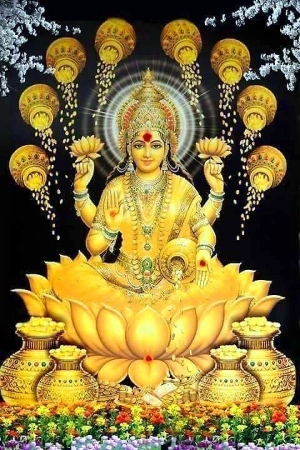62.2K
Likes
842
Comments
Recommended for you
The Vedic system of idol worship of Sri Hari
 Click here to know more..
Click here to know more..
Did the vanara sena actually cross through the bridge?
 Click here to know more..
Click here to know more..
Siddhi Lakshmi Stotram

yaah' shreeh' padmavane kadambashikhare bhoopaalaye kunjare shvete chaashvayute vri'she cha yugale yajnye cha yoopasthitaa. shankhe devakule surendrab....
Click here to know more..
English Topics
Vedas
Click on any topic to open
- 86 Wealth in the Vedic Society
- 85 Culture vis-a-vis Agriculture
- 84 Whenever I have Read any Part of the Vedas
- 83 Vedas - Holy Books Of Hinduism
- 82 How The Vedas Manifested Into Material Objects
- 81 What does Rigveda contain?
- 80 Why Vedas are called Shruti?
- 79 What Vedas say about periods
- 78 How Vedas Came Into Existence
- 77 Vedas are eternal, not written by anyone
Please wait while the audio list loads..
30
Ganapathy
Shiva
Hanuman
Devi
Vishnu Sahasranama
Mahabharatam
Practical Wisdom
Yoga Vasishta
Vedas
Rituals
Rare Topics
Devi Mahatmyam
Glory of Venkatesha
Shani Mahatmya
Story of Sri Yantra
Rudram Explained
Atharva Sheersha
Sri Suktam
Kathopanishad
Ramayana
Mystique
Mantra Shastra
Bharat Matha
Bhagavatam
Astrology
Temples
Spiritual books
Purana Stories
Festivals
Sages and Saints
26
15
13
Copyright © 2024 | Vedadhara | All Rights Reserved. | Designed & Developed by Claps and Whistles
